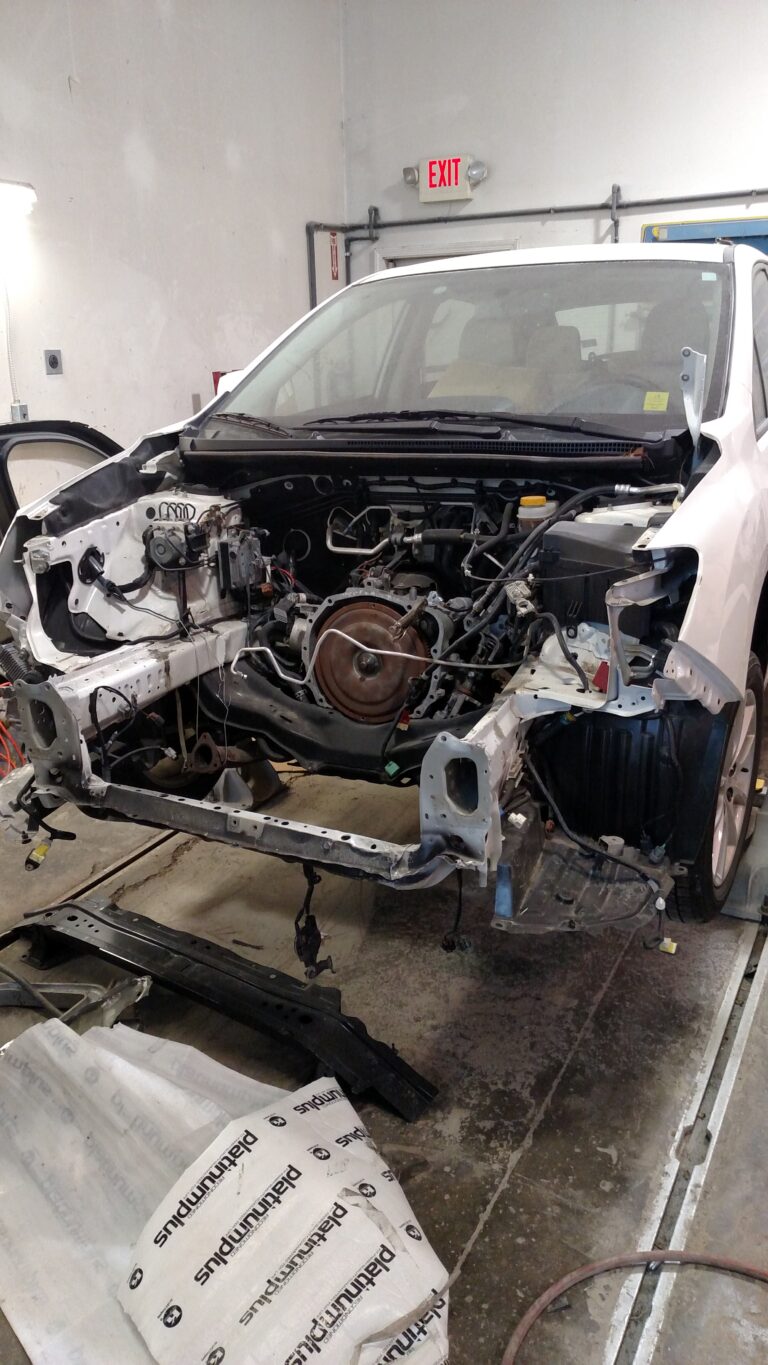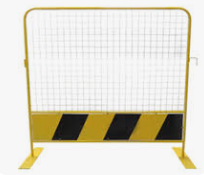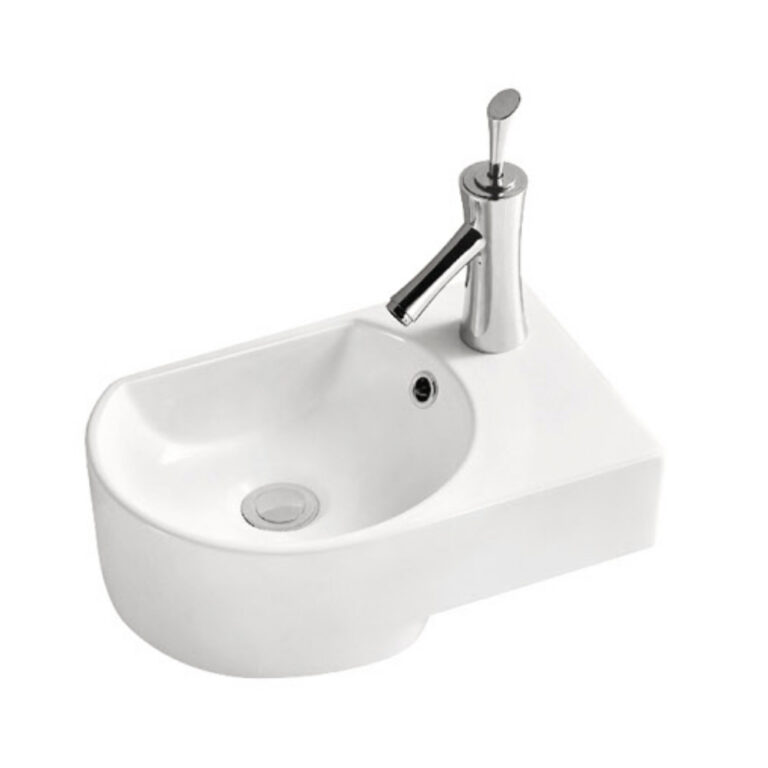Maximizing Protection and Efficiency with a Container Top Cover
In the world of shipping and logistics, safeguarding cargo during transit is not just a matter of best practice—it’s essential to minimize damage, reduce costs, and ensure timely delivery. One indispensable solution in achieving this goal is the Container Top Cover Designed to shield cargo from environmental elements like rain, dust, and sunlight, this simple yet effective accessory has become a standard requirement for many companies operating in the import-export and storage sectors.
What is a Container Top Cover?
A container top cover is a protective sheet, usually made from high-strength polyethylene or PVC material, that is used to cover the open top of containers. Open-top containers are frequently used to transport oversized or awkwardly shaped goods that cannot fit through standard container doors. These containers are perfect for loading heavy machinery, construction materials, or even bulk agricultural products from the top using cranes or forklifts.
However, without proper coverage, the contents inside an open-top container are left vulnerable to environmental damage. A Container Top Cover provides the essential barrier needed to keep cargo dry and clean throughout its journey. It is typically fastened with eyelets and ropes, ensuring a snug fit that holds up under wind, rain, and even heavy vibration during transit.
Key Benefits of Using a Container Top Cover
1. Protection Against Weather Conditions
One of the primary functions of a container top cover is to protect the cargo from rain, snow, and UV rays. Weather can be unpredictable, and cargo that gets wet or sun-damaged can lose value or become completely unusable. This is especially critical for cargo such as metal machinery that can rust or develop corrosion if exposed to moisture.
2. Increased Security
While it may not be a complete theft deterrent, a container top cover can act as a visual and physical barrier that discourages unauthorized access. Secured with tight ropes or seals, it makes casual tampering more difficult, which is a valuable feature when transporting high-value goods across long distances.
3. Dust and Debris Control
For shipments traveling through construction zones, dusty roads, or industrial environments, dust and debris can pose a serious risk to product integrity. A container top cover prevents these particles from settling onto or into the cargo, preserving cleanliness and quality.
4. Cost Efficiency
Compared to custom-built protective structures or more advanced container modifications, a container top cover is a cost-effective solution. It provides a high level of protection without the need for expensive upgrades or alterations to the container itself.
Applications Across Industries
The versatility of the Container Top Cover makes it useful in a wide array of industries:
-
Construction: For transporting building materials like steel beams, pipes, or prefabricated sections that extend above the container’s normal height.
-
Agriculture: Used to protect bulk shipments of grain, fertilizers, or farming equipment.
-
Manufacturing: Ideal for oversized machinery and factory equipment that can’t fit into standard containers.
-
Waste Management: Helps to transport scrap or recyclable materials safely without environmental contamination.
Whether it’s a shipment from port to warehouse or a cross-country move by rail or truck, the top cover plays a vital role in ensuring the cargo arrives in perfect condition.
Material and Design Considerations
When choosing a container top cover, durability is key. Most covers are crafted from high-density polyethylene (HDPE) or polyvinyl chloride (PVC), offering resistance to tearing, UV damage, and chemicals. Some premium versions may also include reinforced edges, additional grommets, or double stitching for added strength.
Customization options are also widely available. Companies can choose from different sizes, colors, and branding options depending on their needs. For containers that will be opened and closed frequently, quick-release buckles or Velcro flaps may be added to speed up the process.
Installation and Maintenance
Installing a container top cover is typically a straightforward process. After loading the container, the cover is unrolled over the top and secured using hooks, bungee cords, or rope through eyelets placed at intervals around the edge. Some more advanced systems use rail attachments or automated roll-up covers.
To maintain effectiveness, regular inspection and cleaning are recommended. Covers should be checked for holes, frayed edges, or weakened fasteners. In environments with high dust or chemical exposure, rinsing with water and mild detergent will extend the cover’s lifespan.
Regulations and Compliance
In some jurisdictions, using a container top cover isn’t just a matter of preference—it’s required by law. Transporting loose or potentially hazardous materials often mandates containment measures to prevent spillage and reduce environmental risks. A quality cover can help ensure compliance with international shipping regulations and local safety standards.
Additionally, companies looking to boost their sustainability credentials will appreciate that many modern covers are recyclable and made from eco-friendly materials. This contributes to greener operations without sacrificing cargo protection.
Choosing the Right Supplier
When selecting a container top cover, it’s crucial to choose a reputable supplier that offers high-quality, durable products tailored to your specific requirements. Look for features like UV resistance, weatherproofing, and customizable fittings. It’s also wise to opt for suppliers with proven experience in the logistics or container equipment sector, as they are better equipped to recommend the best solutions for your application.
Investing in a trusted Container Top Cover is not just about safeguarding goods; it’s about improving operational efficiency, meeting compliance requirements, and minimizing long-term costs related to damaged cargo or shipping delays.
Final Thoughts
The importance of securing and protecting cargo in transit cannot be overstated. In the competitive world of global logistics, even minor damage can lead to significant losses. A container top cover offers a simple, effective, and affordable way to eliminate one of the key risks associated with open-top shipping. Whether used on a regular basis or for occasional large shipments, it provides peace of mind and operational resilience in an unpredictable world.
From shielding against the weather to complying with transport regulations, the container top cover is a small investment that delivers large returns. For businesses looking to streamline their shipping processes while safeguarding their valuable goods, incorporating this practical tool is a smart and necessary step forward.







